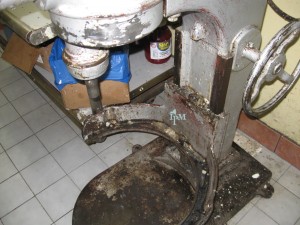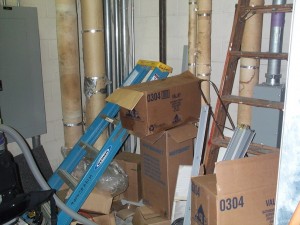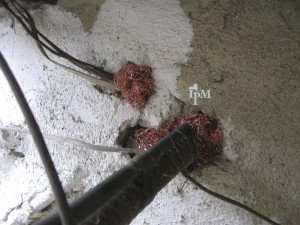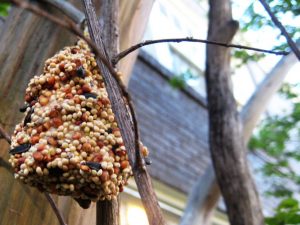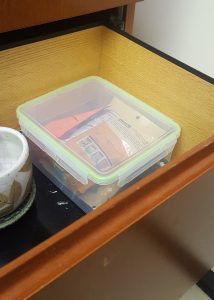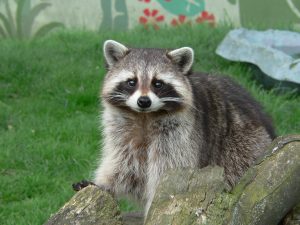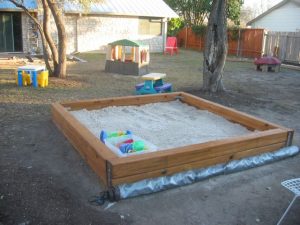 Our friends over at Cornell’s Pesticide Management Education Program (psep.cce.cornell.edu) has asked us to help spread information on disinfectants and sanitizers. During the COVID-19 pandemic, there has been an increase in adverse health effects from the misuse of these products. There have also been several fraudulent products produced during this time that potential applicators should be made aware of. Please read and share the following:
Our friends over at Cornell’s Pesticide Management Education Program (psep.cce.cornell.edu) has asked us to help spread information on disinfectants and sanitizers. During the COVID-19 pandemic, there has been an increase in adverse health effects from the misuse of these products. There have also been several fraudulent products produced during this time that potential applicators should be made aware of. Please read and share the following:
Beware of fraudulent pesticide claims related to SARS-CoV-2 (the COVID-19 coronavirus):
It has come to our attention that unregistered disinfectants claiming to protect against the virus are being marketed in the US. The efficacy and safety of these products is unsubstantiated and their use is illegal.
Regulators are taking steps to prevent such products from reaching the market, but it is your responsibility to use only those products designated by the New York State Department of Environmental Conservation for use against SARS-CoV-2, listed at https://www.dec.ny.gov/docs/materials_minerals_pdf/covid19.pdf. Please check this list frequently, as content is subject to change.
Be safe disinfecting your home:
Disinfectants are pesticides and you can only use them as directed by the label. Therefore:
- Never mix different disinfectant products together because doing so is dangerous. For example, mixing bleach with acids (such as vinegar) or ammonia releases life-threatening toxic fumes.
- Never use disinfectants or disinfectant wipes on your skin. Instead, wash with soap and water; you can also use hand sanitizer on your hands.
- Never wash fruits and vegetables with soap, sanitizers, or disinfectants as this could also result in poisoning. Wash produce only in clean water.
For more information on disinfecting your home and how to handle food during this crisis, visit https://www.cdc.gov/coronavirus/2019-ncov/downloads/disinfecting-your-home.pdf and https://instituteforfoodsafety.cornell.edu/coronavirus-covid-19/food-safety-recommendation-consumer/.

